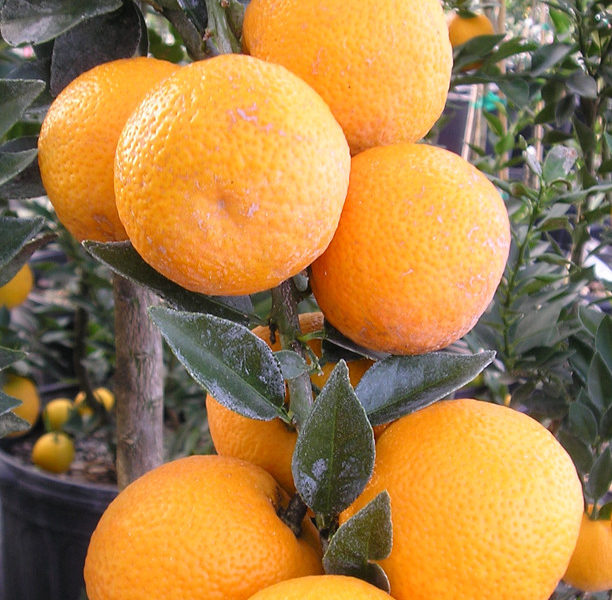[printfriendly]
Highlights of the Winter Garden
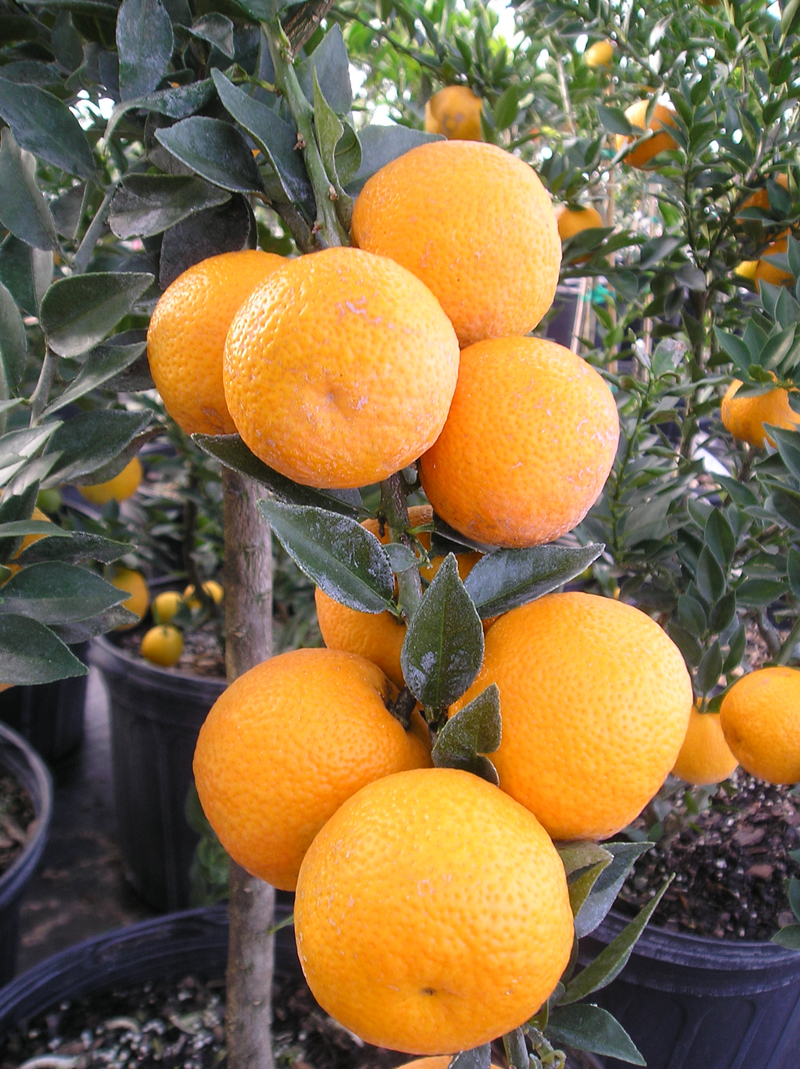 In winter citrus fruits of all sorts cheer the eye and palate. Among the hardiest, to 20-degrees Fahrenheit once established, is the very distinctive Chinotto (pronounced key-no’-toe) orange. The small, richly colored fruit aren’t particularly sweet but are prized in Italy for use in beverages. In the French confection industry of Chinotto ranks with apricots and cherries as a favorite for crystallized fruit. What really sets the plant apart though is its highly ornamental, myrtle-like foliage, densely arranged on a compact plant. No citrus is more amendable to shaping by the gardener. Formal hedging, bonsai treatments and even espalier are possibilities for the adventurous. Another endearing quality is the profusion of sweetly scented flowers in early spring followed by bright fruit perfectly in scale to the fine textured foliage.
In winter citrus fruits of all sorts cheer the eye and palate. Among the hardiest, to 20-degrees Fahrenheit once established, is the very distinctive Chinotto (pronounced key-no’-toe) orange. The small, richly colored fruit aren’t particularly sweet but are prized in Italy for use in beverages. In the French confection industry of Chinotto ranks with apricots and cherries as a favorite for crystallized fruit. What really sets the plant apart though is its highly ornamental, myrtle-like foliage, densely arranged on a compact plant. No citrus is more amendable to shaping by the gardener. Formal hedging, bonsai treatments and even espalier are possibilities for the adventurous. Another endearing quality is the profusion of sweetly scented flowers in early spring followed by bright fruit perfectly in scale to the fine textured foliage.
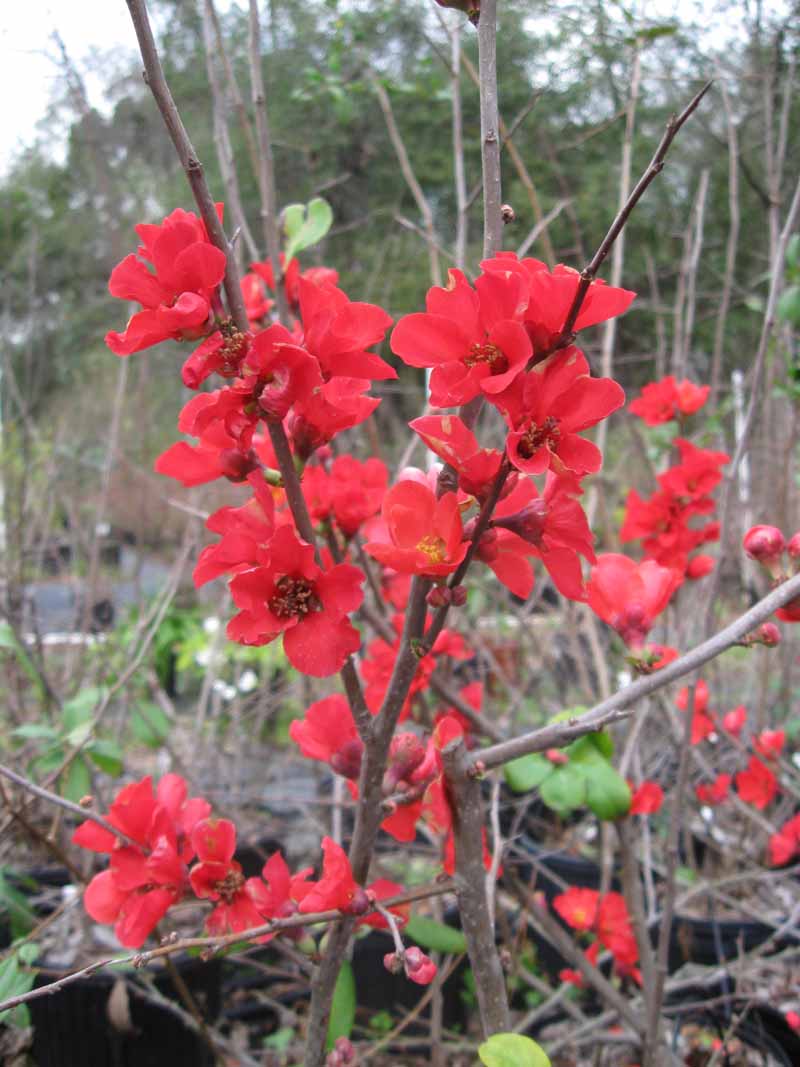 The quinces are another plant family with members exhibiting both beauty and flavor. The fat coral buds of old fashioned flowering quince have already begun to burst forth from bare branches, challenging winter’s grip. Flower arrangers love the fact the flowering branches can be cut for the house when thinning the bush to enhance it’s form. Available in shades from white to warm reds and sizes varying from knee to head high at maturity, they ask only for a spot of sun and soil of average drainage.
The quinces are another plant family with members exhibiting both beauty and flavor. The fat coral buds of old fashioned flowering quince have already begun to burst forth from bare branches, challenging winter’s grip. Flower arrangers love the fact the flowering branches can be cut for the house when thinning the bush to enhance it’s form. Available in shades from white to warm reds and sizes varying from knee to head high at maturity, they ask only for a spot of sun and soil of average drainage.
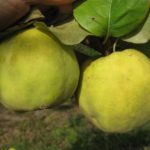
There are several varieties of fruiting quince; all large semi-evergreen, multi-stemmed to treelike shrubs. The aromatic, yellow, oblong to pear-shaped fruits ripen in fall and typically used for jelly and preservatives. Recently the improbably hard, ripe fruits of the Aromatnaya variety were cooked up into a simple fruit crisp at the nursery. The flavor was sensational, rich and complex with hints of pineapple and rhubarb (recipe to follow). Once established, the fruiting quince, like its ornamental kin is undemanding and durable in the landscape.
Generally, it is the nose that leads people to winter honeysuckle. The large, understated, nearly evergreen shrub bears small whitish flowers that exude a delicious fragrance during the coldest months of the year. Budded branches can be cut to scent the indoor air as well. It is a plant of easy culture, tolerating a variety of soil types and exposures from full sun to moderate shade.
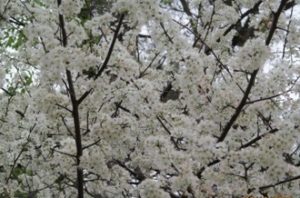 Look for the native Chickasaw plum to light up the woodlands and roadsides with its clouds of extra early, dainty white flowers. The small fruits that follow are much beloved by wildlife. A small shrubby tree, it is well adapted to sandy soils and tolerates drought once established.
Look for the native Chickasaw plum to light up the woodlands and roadsides with its clouds of extra early, dainty white flowers. The small fruits that follow are much beloved by wildlife. A small shrubby tree, it is well adapted to sandy soils and tolerates drought once established.
Any survey of the winter garden would be incomplete without mentioning our region’s wealth of shade-loving camellias. The parade of blossom begins with the tea plant, Camellia sinensis. Starting in August the dark leathery leaves are ornamented with a profusion of demure, inch and a half wide flowers of pink or white; each centered with a fluffy boss of golden stamens. This flowering goes on for several months brining attention to the large shrubs that are suitable for screening and even hedging in shaded areas.
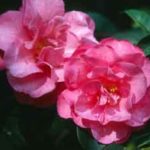
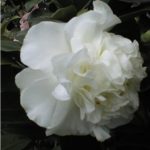 Next to bloom is Camellia sasanqua and its hybrids. These fall to winter bloomers are variable in habit. Shishi-Gashira is a popular compact form bearing hot pink semi-double blooms in abundance. Yuletide is a handsome, densely columnar variety lit up with bright red, gold-centered flowers all through the holiday season. White is represented by the willowy, spreading, Mine-No-Yuki or white Doves, whose full white flowers glow in shade. Sasanquas are an excellent choice for naturalistic and woodland gardens. Unlike the more formal appearing japonica types they share a common trait of dropping their petals cleanly once the flowers have faded.
Next to bloom is Camellia sasanqua and its hybrids. These fall to winter bloomers are variable in habit. Shishi-Gashira is a popular compact form bearing hot pink semi-double blooms in abundance. Yuletide is a handsome, densely columnar variety lit up with bright red, gold-centered flowers all through the holiday season. White is represented by the willowy, spreading, Mine-No-Yuki or white Doves, whose full white flowers glow in shade. Sasanquas are an excellent choice for naturalistic and woodland gardens. Unlike the more formal appearing japonica types they share a common trait of dropping their petals cleanly once the flowers have faded.
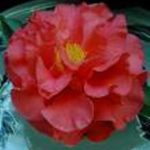 Camellia japonica, the most common and widely grown camellia in the South, is popular for good reason. There are thousands of lovely varieties and, once established, they have been known to survive for one hundred years or more without any special care. Plants can be selected to bloom anytime from November to March in our area. It is well worth building up to view these winter wonders and to find a shady spot for them in the garden.
Camellia japonica, the most common and widely grown camellia in the South, is popular for good reason. There are thousands of lovely varieties and, once established, they have been known to survive for one hundred years or more without any special care. Plants can be selected to bloom anytime from November to March in our area. It is well worth building up to view these winter wonders and to find a shady spot for them in the garden.

